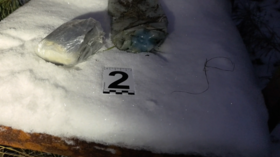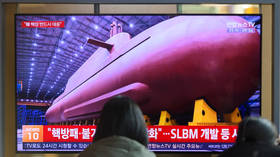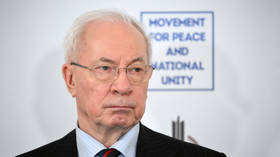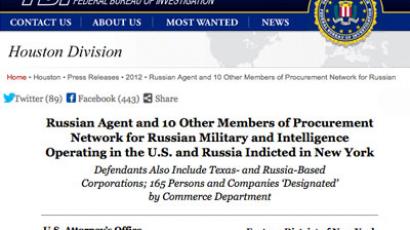From biggest CIA leaker Hanssen to ‘undercover agent’ Fogle: US-Russia spy scandals in 21st century

As the FSB has declared on Tuesday it caught an undercover CIA agent red-handed in Moscow, RT looks back at major spy scandals which overshadowed Russia’s relations with the West in the new millennium, long since the Cold War is over.
One of the biggest spy scandals between Moscow and Washington,
since the end of the Cold War, occurred three years ago, when the
FBI uncovered a network of Russian sleeper spies.
Ten people – including the now-famous, tabloid favorite Anna Chapman – were arrested in the US in June 2010. Shortly after, they were expelled from American soil later after being traded for four American spies serving jail terms in Russia. The prisoner swap – the biggest since the fall of the Iron Curtain - took place in Vienna on July 9, 2010.

Many of the Russian agents had been working undercover in the US for years and had their homes and families in America. On their return to Russia the agents were given the highest state awards. The spy scandal has brought world fame to 'femme fatale' Chapman who posed for Maxim magazine and now works as a TV-show presenter on a Russian channel.
The eleventh member of the Russian spy ring was caught in Cyprus, but vanished after being released on bail. The whereabouts of the alleged spy as well as his real name are still unknown to the public. The man in his mid-fifties was alleged to have been using the identity of a Canadian boy, Christopher Metsos, who died at the age of 5.
Russian counter-intelligence service has not been twiddling
their thumbs tohugh. In May 2010, Russian national Gennady Sipachev
was found guilty of passing classified military maps to the
Pentagon. Investigators believe the US could use the maps to make
the targeting of American cruise missiles against sites in Russia
more accurate. Sipachev was sentenced to only four years out of a
possible 20 in jail since he made a plea bargain with the
prosecutors and actively cooperated with investigators.
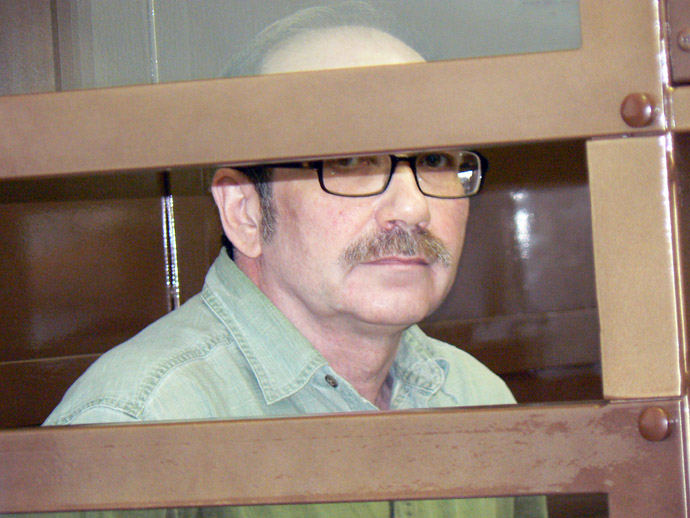
In a new twist to the map story, in May last year, Russian reserve Colonel Vladimir Lazar got 12 years in jail and lost his rank for spying for the US. According to prosecutors, in 2008 he bought over 7,000 electronic images of topographic maps of Russia from Sipachev. He then took the classified documents to Belarus and passed them to US military spy Aleksandr Lesment, who resided in Estonia.
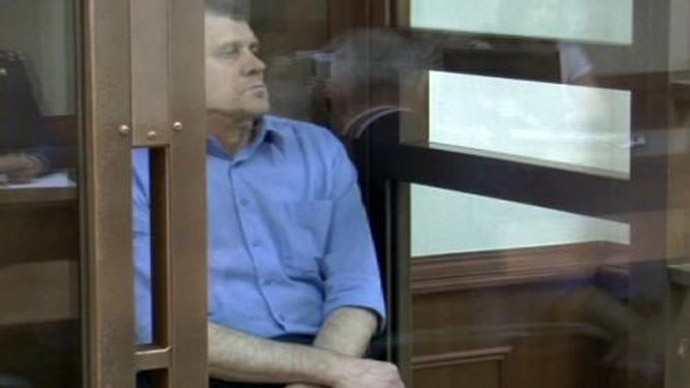
In June 2012, a Moscow military court sentenced former Russian Federal Security Service (FSB) Colonel Valery Mikhailov to18 years behind bars for high treason. Investigators said while serving in the FSB Mikhailov – on his own initiative - contacted CIA intelligence officers in Moscow and passed Russian state secrets to them.
Another big spy scandal flared in 2000, when Edmond Pope, a
former officer of the US naval intelligence service, was arrested
in Moscow for buying information about the VA-111 Shkval (Squall)
torpedo from a Russian Professor Anatoly Babkin. Pope became the
first American to be convicted of espionage in Russia since Gary
Powers in 1960. He was sentenced to 20 years in jail but was
pardoned by Vladimir Putin less than a year after the
trial.
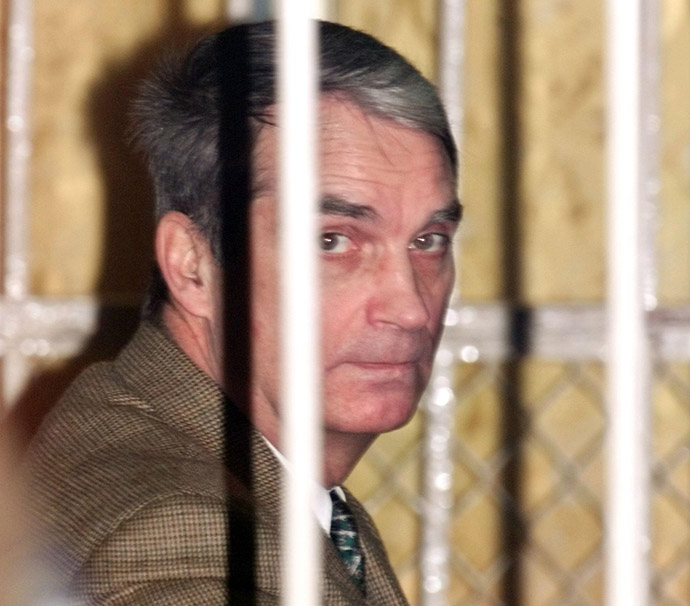
US intelligence didn't drop their attempts to get information about the Squall torpedo: two CIA agents working undercover as US diplomats were detained in the Russian capital in 2002.
In 2001, across the Atlantic, 58-year-old FBI agent Robert
Hanssen was arrested for spying for over 15 years against the US
for the USSR and then Russia. He was detained in Virginia after
supplying classified data for the Russian intelligence. The man
behind the biggest leak of information in the CIA history cut the
bag open on the names of dozens of American spies and passed over
6,000 pages of classified data to Moscow. Hanssen disclosed US
counter-intelligence programs and the US plan of action in case of
a nuclear attack. Thanks to him, Moscow was informed of a tunnel
that the FBI dug beneath the Soviet embassy as it was built in
Washington in 1977.
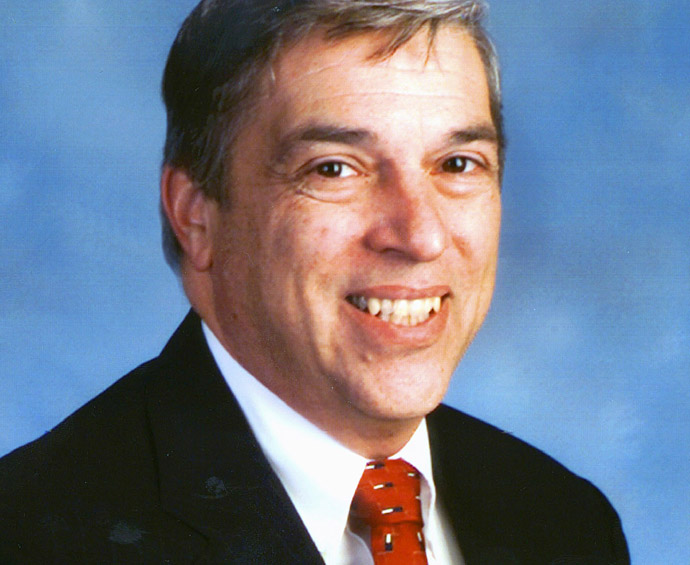
In the aftermath of the massive scandal, four Russian diplomats were expelled from the US and 46 more were also asked to leave American soil. Russia, in response, announced it was going to kick out 50 US diplomats from its territory. In the end though only four American embassy employees left Moscow.
In May 2002, Hanssen was sentenced to 15 consecutive life sentences.
One of the most intriguing spy dramas of the decade unfolded in 2006, after Russian state TV released surveillance video that showed British diplomats caught red-handed as they used a hi-tech gadget hidden inside a fake rock to exchange information with MI-6 agents. The report claimed it required no more than only a couple of seconds to download or upload data onto the sophisticated device. The ‘spy rock’ placed in a park in the outskirts of Moscow was discovered by the FSB counter-intelligence, the report said.
At the time, the James Bond-style story sparked a diplomatic row between Russia and the UK, with London denying allegations of using fake stones to spy on Russians. It was only in early 2012 year that Britain finally admitted that it was behind the ‘spy rock’.



